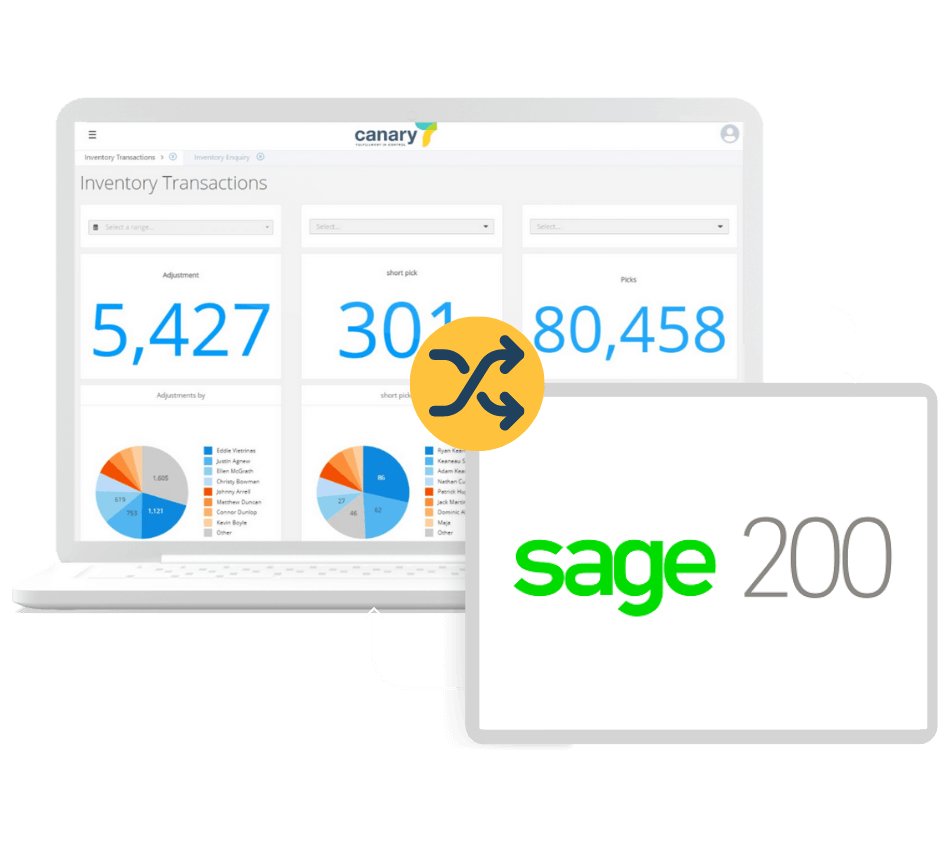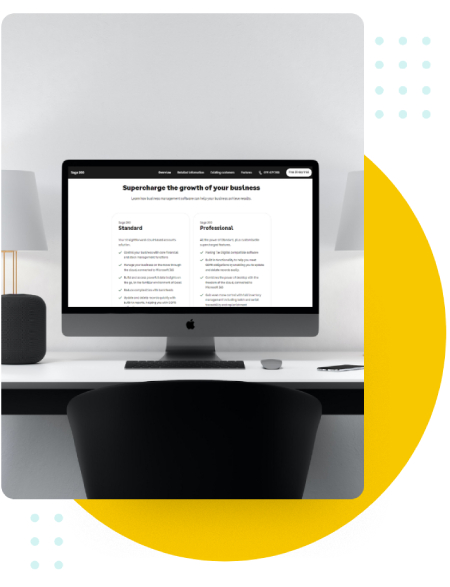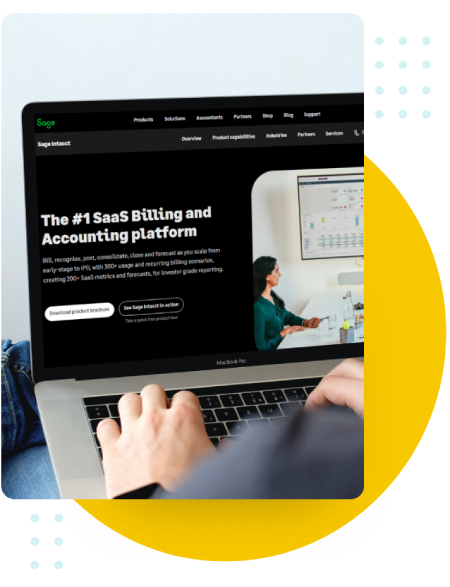Why Should You Consider a Sage 200 WMS Integration?
Now, let’s discuss why you should consider a WMS connection like a Sage 200 WMS integration.
There are several causes for this. The goal of any business, irrespective of its size or nature, is to reduce operating expenses, so connecting your logistics processes to your accounting processes requires integrating business systems that not only improve exchange of information to and from but also significantly reduce operating costs.
Financial management is one of the most difficult components of starting a business. Even a minor miscalculation might lead to issues with how your business manages expenditures in general. When fulfilment and warehousing are involved, this is especially true. These processes entail hundreds of different jobs, each of which has an impact on your income and resources. The situation of your accounts and finances might get much more complicated if you rely solely on manual processes to run your warehouse business.
However, it’s probable that you will be able to control your finances more successfully and guarantee that they are beneficial to how your firm is managed if you combine accounting software with the rest of your warehouse operations. With such a service, you may significantly and positively alter how your finances are managed.
You could also be able to save a large amount of time by using integrated accounting and finance solutions. This aspect of company administration can sometimes become pretty time-consuming and exhausting since there are so many little things to keep in mind to ensure that everything is operating well and that you aren’t forgetting any crucial information.
When you think of it, this might quickly become a time-consuming process and could result in a lack of motivation for your labour force. However, these processes can actually be completed with only a few clicks with the help of integrated accounting systems. Because they not only assist you in saving money and energy, but also make it easier for you to attain the type of stability you’re seeking for in your organisation, software choices like Sage 200 WMS integration are quite popular among enterprises.
Integrated accounting systems have several benefits. Integrated solutions, for example, significantly increase your capacity to maintain data integrity and ensure the correctness of your inputs and outputs. In essence, you do this by ensuring that only high-quality data is handled, resulting in data that is ultimately of high quality, trustworthy, and more closely in line with the concept of data integrity.
Furthermore, Sage 200 WMS integration adds another degree of automation to your business processes. By doing this, your firm will obtain the momentum it requires to expand quickly and compete with other fast developing companies in the market. With Sage 200 WMS integration, you can keep up with internal operations while simultaneously laying a strong external foundation that makes it hard for other companies to surpass you.
If you want to reduce costs, eliminate bottlenecks, and simplify financial management, the optimum choice is to select an accounting system that integrates with your warehouse operations and helps you make sure that your business is always evolving over time. A Sage 200 WMS integration would also make it simpler for you to control the financial side of your company.




